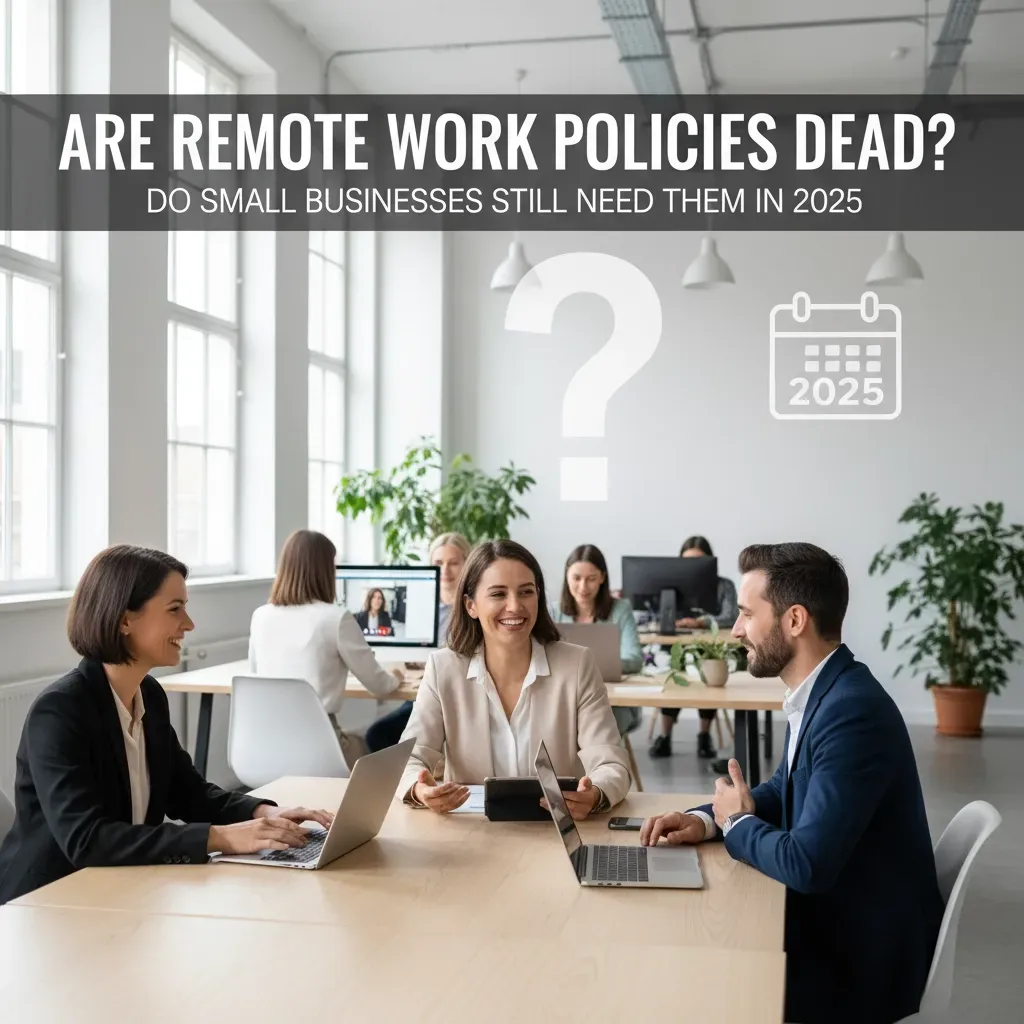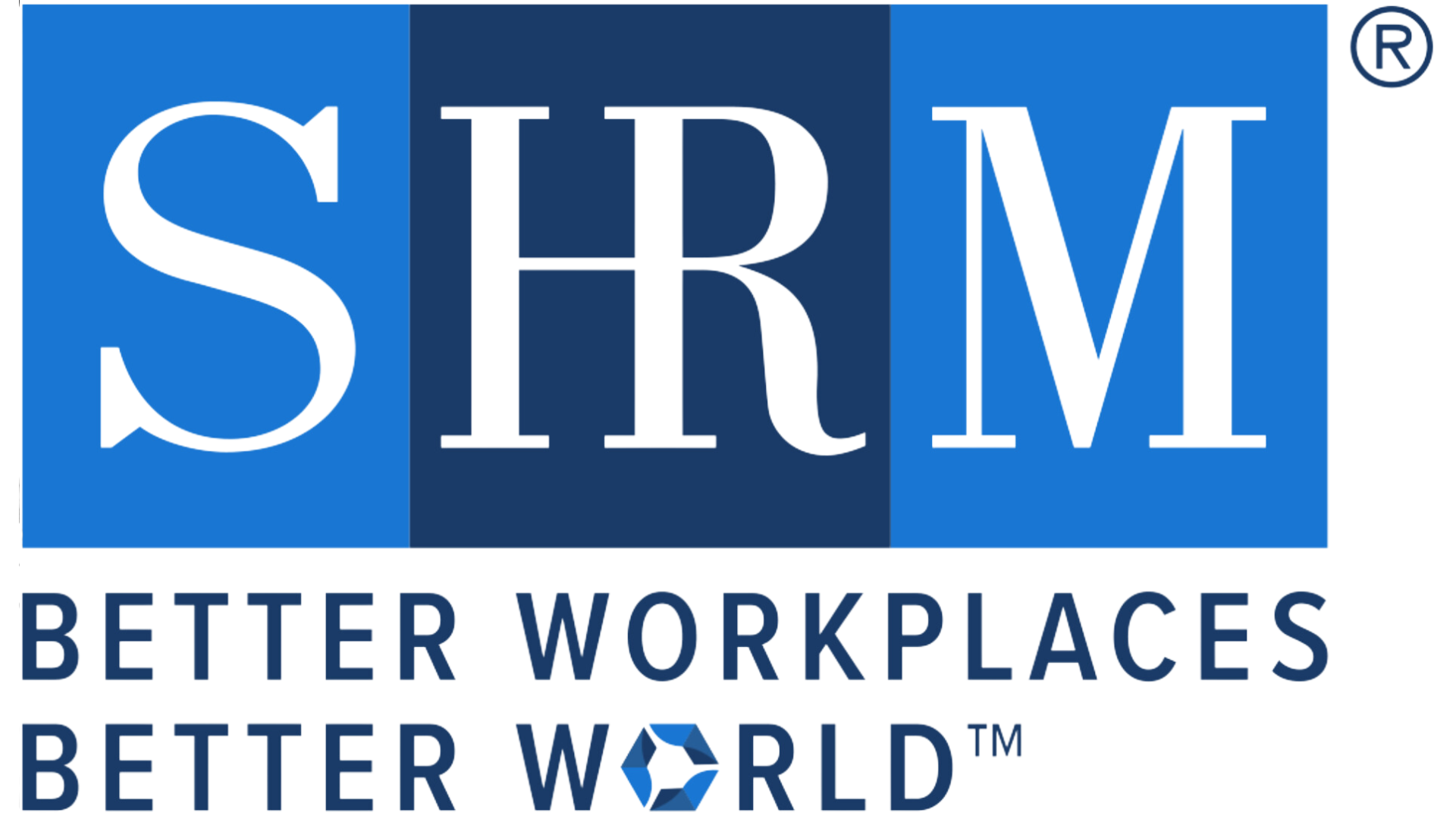Blogs
7 Mistakes You're Making with HR Compliance in 2025
Great questions! I can only write the blog posts for you here in our workspace - I can't send emails directly. You'll need to check back here for new content, but you could always set up your own reminder system or check the "Blog Posts" tab regularly.
Now, let me get that compliance blog post written for you:
7 Mistakes You're Making with HR Compliance in 2025 (and How to Fix Them)

HR compliance isn't just about following rules: it's about protecting your business, your employees, and your future growth. As we navigate 2025, the compliance landscape continues to evolve with new regulations, stricter enforcement, and higher stakes for getting it wrong.
Many business owners believe they're handling compliance correctly, only to discover costly oversights during an audit or investigation. The truth is, even well-intentioned companies make critical mistakes that can result in significant penalties, legal challenges, and damaged reputations.
Let's explore the seven most common HR compliance mistakes we're seeing this year and, more importantly, how you can fix them before they become expensive problems.
Mistake #1: Misclassifying Employees as Independent Contractors
This remains the most dangerous compliance error affecting businesses today. The temptation to classify workers as independent contractors rather than employees is understandable: it seems to save money on benefits, taxes, and administrative overhead. However, the consequences of getting this wrong are severe.
Why This Matters: The IRS and Department of Labor are actively targeting misclassification cases. When they find violations, you could face back payments for benefits, overtime, and taxes, plus significant penalties and interest. We've seen businesses receive bills exceeding hundreds of thousands of dollars for just a few misclassified workers.
What Happens Without Proper Classification?
- Back pay for overtime and benefits
- IRS penalties and interest charges
- State unemployment insurance penalties
- Potential class-action lawsuits
- Criminal charges in extreme cases
How to Fix It: Review every worker relationship using the IRS's three-factor test: behavioral control, financial control, and relationship type. When in doubt, err on the side of employee classification. Document your decision-making process and review classifications annually as roles evolve.

Mistake #2: Ignoring State-Specific Training Requirements
Federal compliance often gets attention, but state-mandated training requirements frequently slip through the cracks. Many states now require specific training on harassment prevention, unconscious bias, or workplace safety, with strict deadlines and penalties for non-compliance.
Why This Matters: State agencies are increasing enforcement actions, and the penalties for missing required training can be substantial. Beyond the financial cost, non-compliance creates vulnerability in discrimination lawsuits and damages your company's reputation.
How to Fix It: Create a compliance calendar tracking all training requirements by state and role. Implement systems to monitor completion rates and maintain documentation. Don't treat mandatory training as optional: schedule it with the same priority as essential business operations.
Mistake #3: Maintaining Inadequate Employee Documentation
Poor recordkeeping might seem like a minor administrative issue, but it becomes critical during audits, investigations, or legal disputes. Many businesses lack proper documentation for performance issues, policy violations, or disciplinary actions.
Why This Matters: Without proper documentation, you cannot effectively defend your employment decisions. This leaves you vulnerable to wrongful termination claims and discrimination lawsuits, even when your actions were justified and lawful.
What Happens Without Proper Documentation?
- Inability to defend employment decisions
- Higher settlement costs in disputes
- Increased risk of losing unemployment claims
- Difficulty proving legitimate business reasons for actions
How to Fix It: Establish standardized documentation procedures for all employee interactions. Train managers on proper documentation techniques and conduct regular audits to ensure consistency. Store records securely and ensure they're easily accessible when needed.
Mistake #4: Overlooking Wage and Hour Law Changes
Wage and hour regulations continue evolving, with frequent updates to minimum wage rates, overtime thresholds, and salary basis requirements. Many businesses fall behind on these changes, leading to underpayment issues discovered months or years later.
Why This Matters: Wage and hour violations carry automatic penalties and often trigger employee lawsuits. The Department of Labor recovered over $230 million in back wages last year alone, demonstrating the scope and cost of these violations.
How to Fix It: Subscribe to official updates from the Department of Labor and relevant state agencies. Review your pay practices quarterly and update systems immediately when changes take effect. Conduct annual wage and hour audits to identify potential issues before they become violations.

Mistake #5: Failing to Address Workplace Harassment Promptly
Despite increased awareness, many businesses still mishandle harassment complaints through delayed responses, inadequate investigations, or failure to take corrective action. This creates liability and damages workplace culture.
Why This Matters: Harassment claims can result in significant financial settlements and destroy your company's reputation. More importantly, failing to address harassment creates a toxic environment that drives away good employees and reduces productivity.
What Happens Without Proper Harassment Policies?
- Increased legal liability
- Higher employee turnover
- Damaged company reputation
- Reduced workplace productivity
- Potential criminal liability in severe cases
How to Fix It: Implement comprehensive anti-harassment policies with clear reporting mechanisms. Train all employees annually and ensure managers understand their responsibilities. Investigate all complaints promptly and thoroughly, documenting every step of the process.
Mistake #6: Neglecting Leave Law Compliance
Leave laws are becoming increasingly complex, with federal FMLA requirements overlapping with state-specific provisions for paid sick leave, family leave, and other protected absences. Many businesses struggle to track entitlements and maintain compliance across different jurisdictions.
Why This Matters: Leave law violations can result in significant penalties and employee lawsuits. Additionally, mismanaging leave creates scheduling challenges and employee relations problems that impact your entire operation.
How to Fix It: Invest in leave management systems that track entitlements automatically and flag potential issues. Train your HR team on all applicable leave laws and establish clear procedures for handling requests. Regular policy reviews ensure you stay current with changing requirements.
Mistake #7: Inadequate Safety Program Implementation
Workplace safety compliance goes beyond basic OSHA requirements. Many businesses lack comprehensive safety programs, fail to conduct required training, or don't maintain proper incident documentation.
Why This Matters: Safety violations carry severe penalties and can result in criminal charges for willful violations. Beyond legal requirements, poor safety programs increase insurance costs and create liability for workplace injuries.
What Happens Without Proper Safety Programs?
- OSHA penalties and citations
- Increased workers' compensation costs
- Higher insurance premiums
- Potential criminal liability
- Employee injuries and lost productivity
How to Fix It: Develop comprehensive safety programs tailored to your industry and workplace hazards. Conduct regular safety training and maintain detailed records of all incidents and corrective actions. Schedule periodic safety audits to identify and address potential hazards.

Building Your Compliance Foundation
These seven mistakes share a common thread: they're all preventable with proper systems, training, and proactive management. The key to successful HR compliance lies in building robust processes that anticipate issues rather than react to them.
Your Next Steps:
- Conduct a comprehensive compliance audit covering all seven areas
- Develop standardized procedures and documentation systems
- Implement regular training programs for managers and employees
- Establish monitoring systems to track ongoing compliance
- Create relationships with qualified HR professionals for guidance
Don't Navigate Compliance Alone
HR compliance doesn't have to be overwhelming. With proper guidance and systems in place, you can protect your business while creating a positive workplace environment that attracts and retains great employees.
At HR Solutions On-Call, we specialize in helping businesses like yours navigate complex compliance requirements with confidence. Our team stays current on all regulatory changes and provides practical solutions tailored to your specific needs and industry.
Whether you need help with a specific compliance challenge or want to build comprehensive HR systems, we're here to support your success. Let's work together to turn compliance from a source of stress into a competitive advantage.
Ready to Get Compliance Right?
Don't wait for a costly mistake to discover compliance gaps in your business. Contact us today for a comprehensive HR compliance assessment and let's build the foundation your business needs to thrive.
We're in your corner.
HR Solutions On-Call
Schedule your consultation today
Contact us
| Learn more about our services












